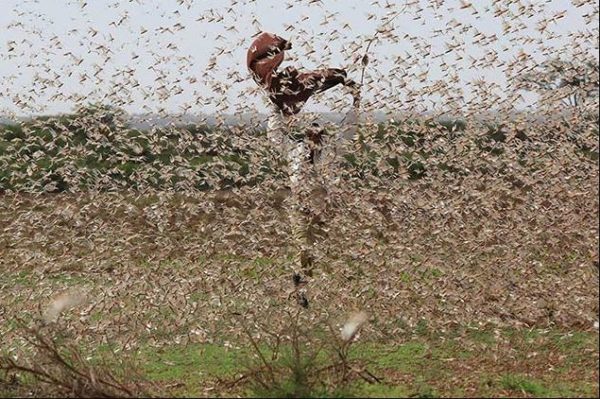Locust swarms forming in northern Ethiopia are threatening to aggravate an already severe food shortage faced by millions of people in the Tigray region. This is according to the UN Food and Agriculture Organisation.
The Food and Agriculture Organisation said the crop-destroying insects, first spotted in mid-September in the north-eastern Afar region, are likely to have spread to neighbouring Tigray and Amhara.
“We are extremely concerned about the possible impacts of desert locusts on northern Ethiopia’s upcoming cereal harvest season. People in the region can ill afford to lose one grain of the already reduced harvest,” said Cyril Ferrand of the FAO’s Eastern Africa resilience.
The war is likely to hinder measures to combat the locust swarms in Tigray, where destruction of crops and food stocks has left hundreds of thousands of civilians facing starvation. The US estimates that 900,000 people are facing famine in the region.
Hunger-related deaths
A study by the World Peace Foundation reported between 50 and 100 hunger-related deaths a day in Tigray. Aid agencies say Tigray needs more than 100 lorries of food aid daily. But only a fraction of that is reaching the region, with the Ethiopian government accused of blocking deliveries.
“Our estimates indicate that around half of all arable land in Tigray went unplanted due to the security situation. The harvest could be 40% below baseline,” Mr Ferrand said.
Ethiopia is still recovering from the locust swarms that ravaged crops in East Africa last year and left millions across the region needing food aid. Mr Ferrand said the scale of locust breeding in Tigray this year was not clear as the conflict made it impossible to conduct exhaustive land surveys.








